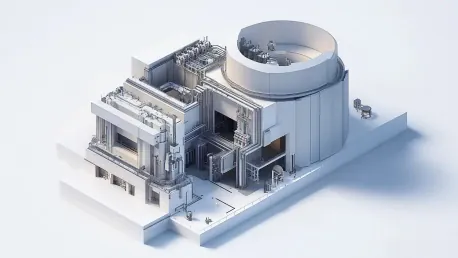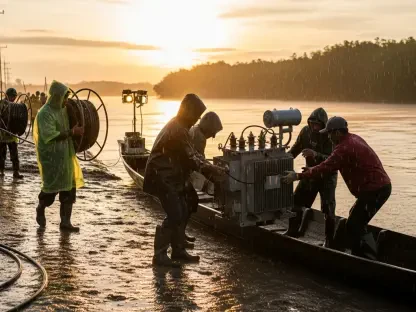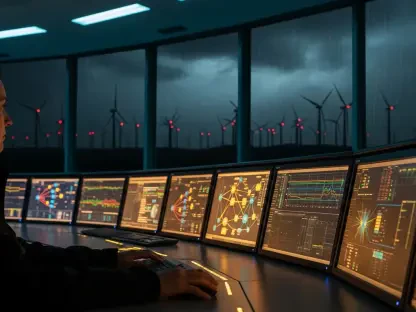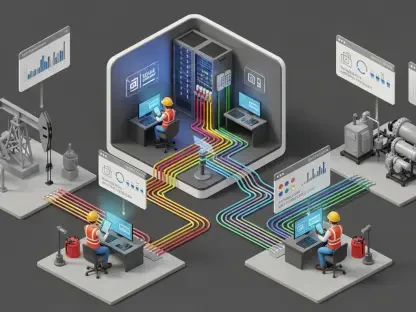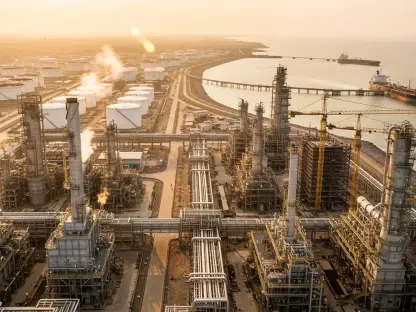Christopher Hailstone has extensive experience with energy management, renewable energy, and electricity delivery. He is also our Utilities expert and provides valuable insights on grid reliability and security. This interview will cover the costs and challenges associated with small modular reactors (SMRs), their comparison with other energy sources, and the factors influencing their economic feasibility. We’ll also dive into the US and UK policies supporting SMR development and alternative pathways to low carbon power.
What are the main reasons that SMRs are projected to be the most expensive source of electricity per kW generated?
The primary reasons SMRs are projected to be the most expensive source per kW include the higher cost of their specialized small-scale technology and the lack of economies of scale that larger nuclear reactors benefit from. Additionally, the research and development required to advance SMR technology add significant costs.
How do the costs of SMRs compare with other sources of electricity like natural gas, traditional nuclear, and renewables?
The costs of SMRs are considerably higher compared to natural gas, traditional nuclear reactors, and renewable energy sources like solar and wind. Natural gas and renewables primarily benefit from mature technologies and larger-scale operations, which help keep their costs lower.
What was the cost per kW of SMRs as found by the ICF report? How does this cost compare to the cost of other electricity sources mentioned in the report?
The ICF report found that SMRs in the US could cost $863/kW. This is much higher compared to other electricity sources such as traditional nuclear restart costs, battery energy storage systems (BESS), solar, wind, combustion turbines, and combined cycle gas turbines (CCGT).
What factors contribute to the “nuclear restart” costs mentioned in the report?
“Nuclear restart” costs involve the expenses related to reactivating previously shut down nuclear power plants. These costs include refurbishing and upgrading facilities to meet current safety and operational standards, securing necessary permits, and ensuring the availability of trained personnel.
What are some of the specific economic and technological uncertainties associated with SMRs?
Economic and technological uncertainties for SMRs include the unpredictability of development costs, potential delays in regulatory approval, challenges in scaling the technology, and questions about long-term viability and market acceptance.
According to the ICF report, how many gigawatt-scale reactor designs currently exist in the US? How does this variety of designs influence the overall cost of nuclear power in the US?
The ICF report indicates there are more than 50 gigawatt-scale reactor designs in the US. This diversity results in higher costs because it prevents standardization, which in turn leads to inefficiencies and the need for specialized parts and processes.
Why did the ICF report emphasize the need for the nuclear industry in the US to pick a design and stick to it?
The report emphasized this to reduce costs through economies of scale and standardization. Having a uniform design would streamline manufacturing, reduce the need for specialized components, and simplify regulatory approval processes, ultimately lowering the costs.
What did the report mention about the current operational status of SMRs globally?
The report highlighted that no SMRs demonstration projects have been developed outside Russia and China. This indicates a significant gap in the practical application and experience with SMRs globally, contributing to uncertainty and higher costs.
What is the enrichment level of fuel for SMRs compared to traditional nuclear facilities? Why is this difference significant?
The enrichment level of fuel for SMRs is generally higher than that for traditional nuclear facilities. This difference is significant because higher enrichment levels require more advanced technology and security measures, leading to increased costs and complexity.
Why is the production of fuel for SMRs currently limited outside Russia and China?
The production of fuel for SMRs is limited outside Russia and China due to the lack of established supply chains and infrastructure necessary to produce the specialized fuel required for these reactors. There is only one pilot project in the US, run by Centrus Energy.
How is the US government supporting efforts to expand the domestic supply chain for SMR fuel?
The US government is supporting these efforts by funding research and development initiatives aimed at expanding the domestic production capabilities for SMR fuel, but such efforts will take time to yield significant results.
Why does Phil Johnstone believe the commitment of the US and UK to SMRs is questionable? What alternatives does he suggest are more rapid and cheaper pathways to low carbon power supply?
Phil Johnstone believes the commitment of the US and UK to SMRs is questionable due to their significant drawbacks compared to alternatives. He suggests that renewables, flexibility, and storage offer more rapid and cheaper pathways to a low carbon power supply.
What does Phil Johnstone say about the military drivers behind the push for SMRs?
Johnstone argues that SMRs are being seen as a means of subsidizing the costly endeavor of maintaining the industrial capabilities, supply chain activities, and skills necessary for nuclear-powered submarines used in military programs.
What is Great British Nuclear’s (GBN’s) SMR competition, and what is its significance in the UK’s nuclear power initiatives?
GBN’s SMR competition is a program that could award public money to vendors to build reactors, thereby supporting the deployment of SMRs. Its significance lies in potentially boosting the UK’s nuclear power capabilities and fostering technological advancements in SMRs.
What potential threat to GBN’s SMR program was reported by The Telegraph?
The Telegraph reported that spending at GBN might be cut as part of the Spending Review due in June 2025, threatening the program’s funding and its ability to award money to vendors for reactor development.
What actions have been taken by the UK Department of Energy Security and Net Zero (DESNZ) concerning new nuclear power stations? What role do SMRs play in the UK’s plan to achieve energy security and create jobs?
DESNZ has invited four companies shortlisted in GBN’s SMR competition to submit final bids, with decisions expected in the spring. SMRs are intended to help the UK achieve energy security and clean power, while creating thousands of skilled jobs.
What’s the current status of the SMR competition’s final bids as per the recent updates?
The four companies shortlisted have been invited to submit their final bids, with final decisions to be taken in the spring, indicating an ongoing process toward selecting and deploying SMRs in the UK.
How is public funding playing a role in the development of SMRs in the UK?
Public funding is crucial as it provides the necessary financial support for research, development, and deployment of SMRs, thereby helping to overcome initial economic barriers and foster innovation within the nuclear industry.
Do you have any advice for our readers?
My advice to readers would be to stay informed about developments in energy technologies and policy decisions, as these will significantly influence the future of energy production and consumption. Understanding the economic and environmental implications of different energy sources is essential for making informed choices and advocating for sustainable solutions.
